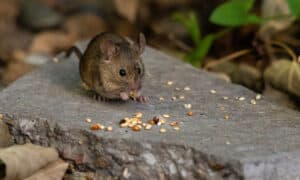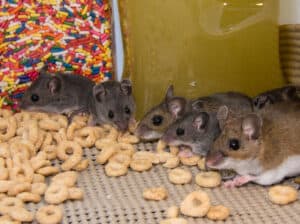Around 50 different species of flying squirrels are in the Sciuridae squirrel family. A flying squirrel is a relative of gray and fox squirrels. At night, you may overhear their screeching calls in the forests they inhabit. Unlike other squirrels, flying squirrels are only active at night. Continue reading to learn several interesting flying squirrel facts!
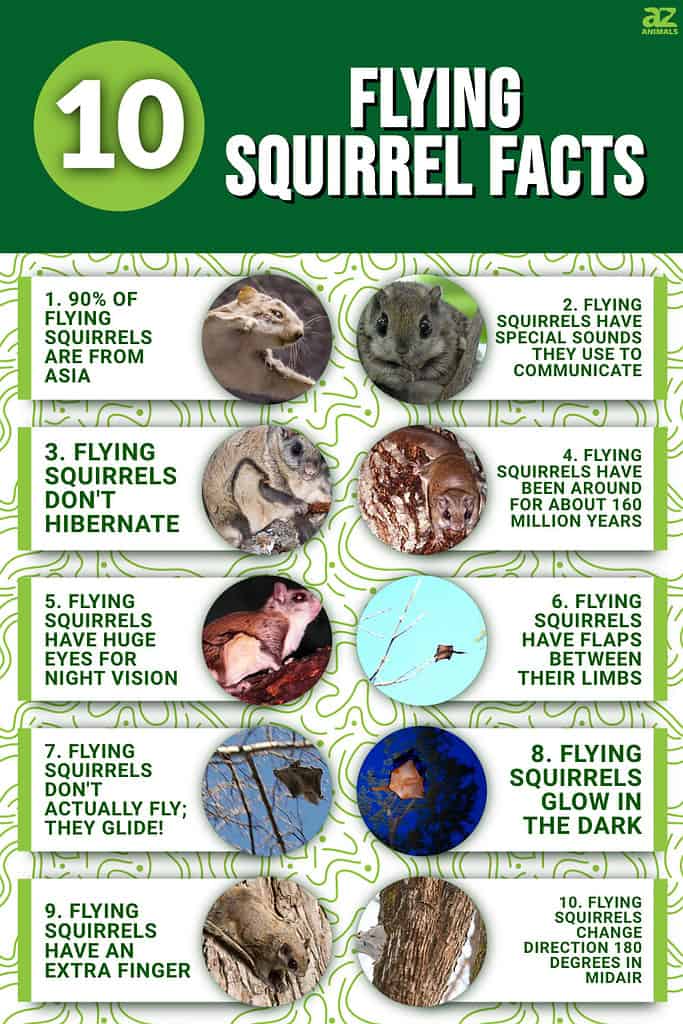
Flying squirrels live in woodpecker holes and residential birdhouses between 20 – 30 feet high. Peanut butter, sunflower seeds, almonds, and suet attract flying squirrels. Want to learn more about these tiny, adorable creatures? Let’s discover 10 incredible flying squirrel facts.
1. 90% of Flying Squirrels are from Asia
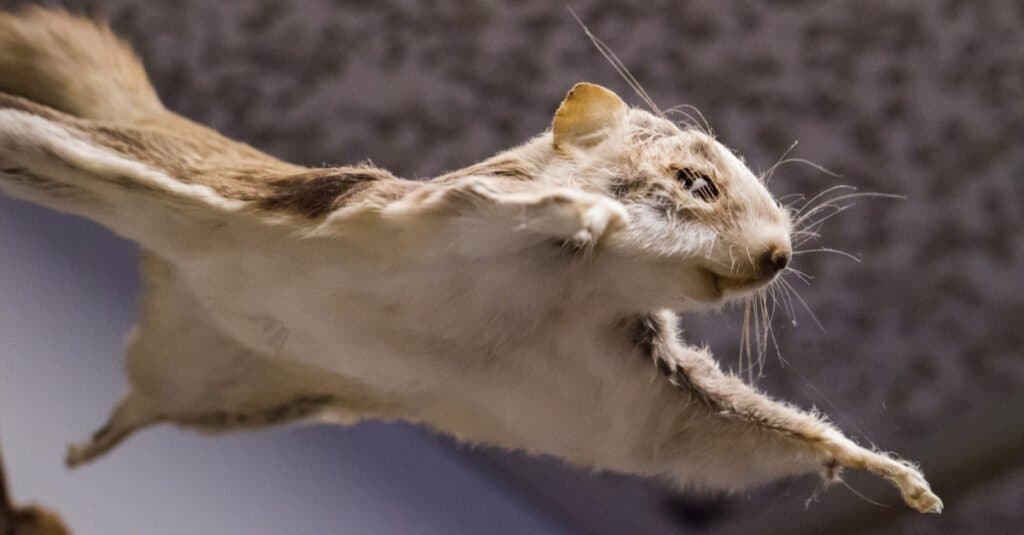
Though it technically glides rather than flies, the flying squirrel can adjust its speed and position.
©Laura Fiorillo/Shutterstock.com
The three continents with the most natural populations of flying squirrels are Asia, South American, and North America. Forty of the currently identified species of flying squirrels are found in Asia. It is commonly held that large populations of flying squirrels thrived throughout glacial epochs because they were safe in the tall trees provided by the dense forests that existed at the time.
2. Flying Squirrels Have Special Sounds They Use to Communicate
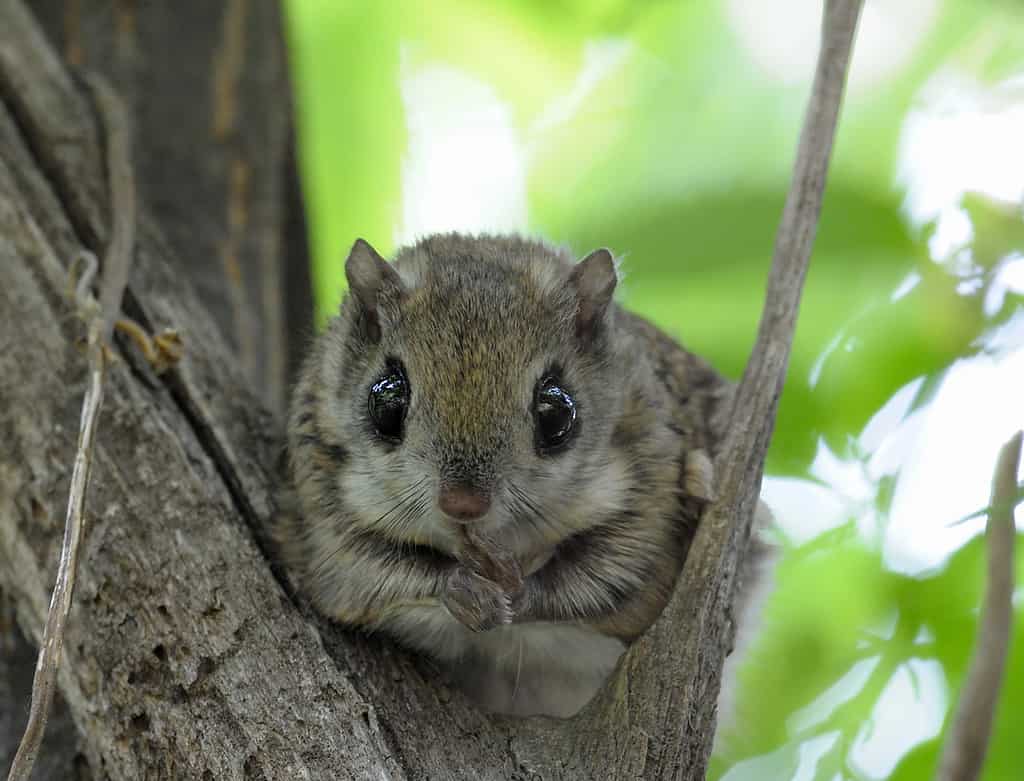
The ultra-high-pitched noises the flying squirrel makes are hard for the human ear to detect.
©kuysang cho/Shutterstock.com
Sometimes, the human ear must work hard to hear these squirrels’ noises because they are so high-pitched. They typically make these noises in the first few hours after sundown to advertise their location and perhaps the best places to find food. These cries may occur at much higher frequencies than the human ear can detect.
3. Flying Squirrels Don’t Hibernate
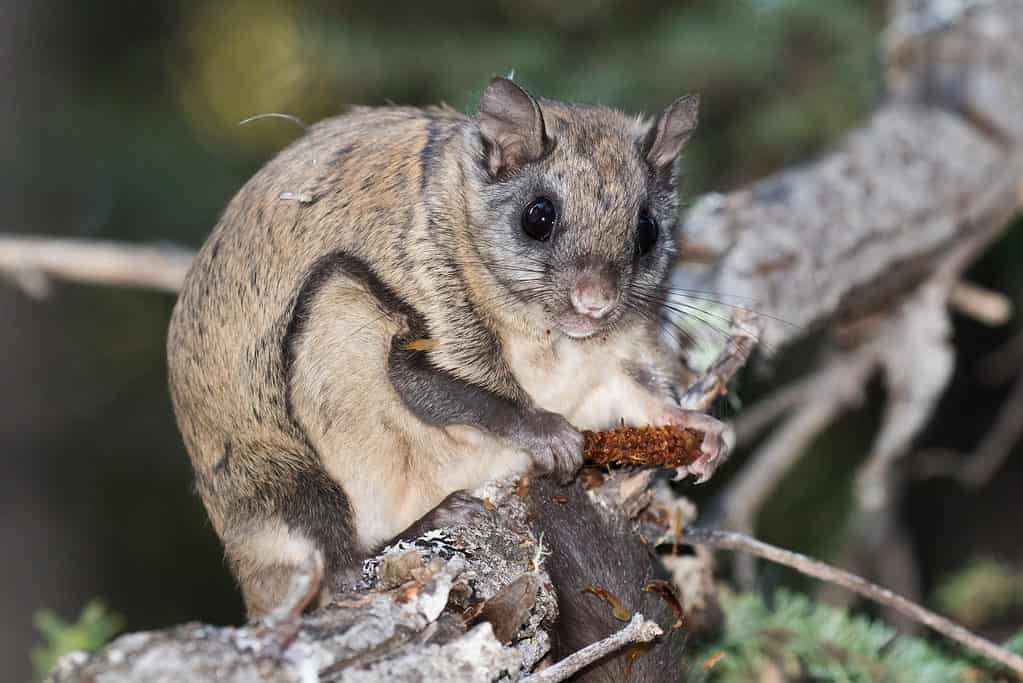
These squirrels do spend more time in their nests in the winter but are still active.
©Jukka Jantunen/Shutterstock.com
Flying squirrels hibernate more during winter, spending less time foraging and far more time in their nests. Some of their bodily functions will be slowed down to save energy, but that won’t stop them from going for a stroll outside. While the two species of flying squirrel discovered in the United States do not hibernate, they do like a good snuggle. Although they don’t hibernate, flying squirrels’ metabolism nevertheless drops in the colder months.
4. Flying Squirrels Have Been Around for about 160 Million Years
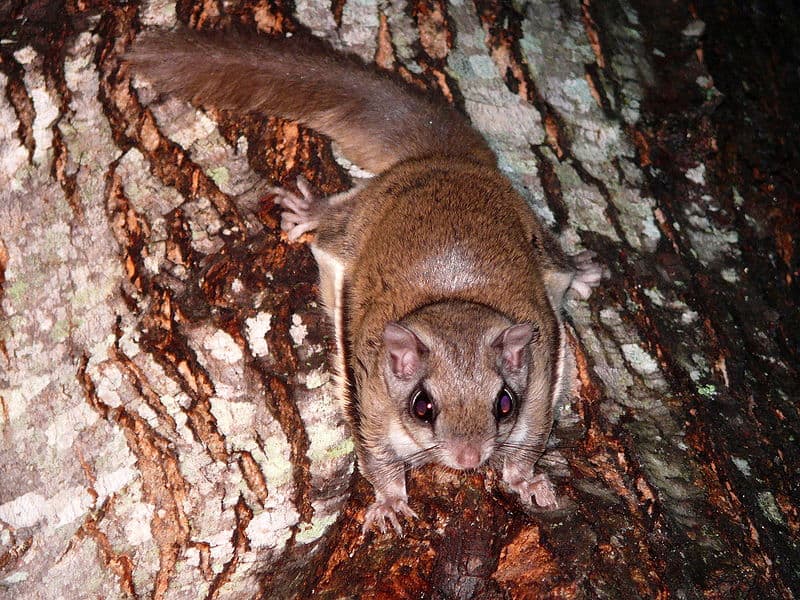
Incredibly, flying squirrels have been around for millions of years.
©Ken Thomas – Public Domain
Flying squirrels are among the earliest mammalian species still in existence today. The ancestors of today’s Flying Squirrels had skin that flapped like wings spreading from their cheeks to their legs/tail, and their fossils are remarkably well preserved.
5. Flying Squirrels Have Huge Eyes for Night Vision
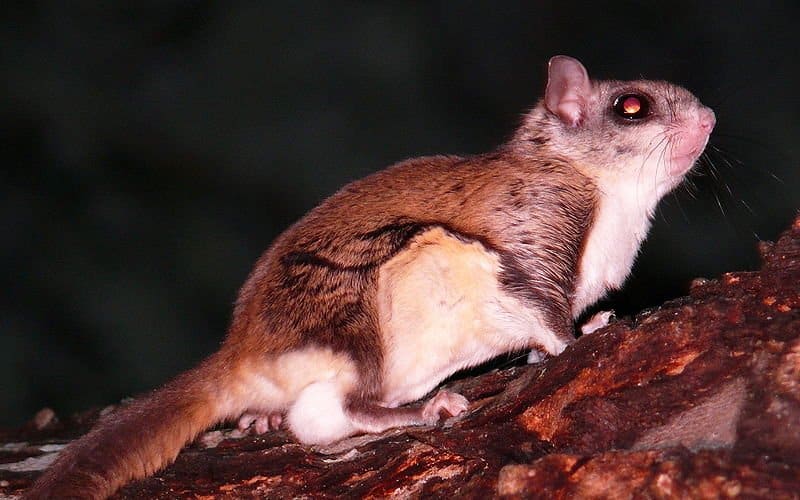
Flying squirrels have large eyes to aid in their nocturnal activities.
©Ken Thomas – Public Domain
Because of their nocturnal lifestyle, flying squirrels are rarely seen during the day. Large eyes help many nocturnal species, such as owls and lemurs, see in the dark. The large pupils in their otherwise dark eyes make them a visual delight for human eyes.
6. Flying Squirrels Have Flaps Between their Limbs
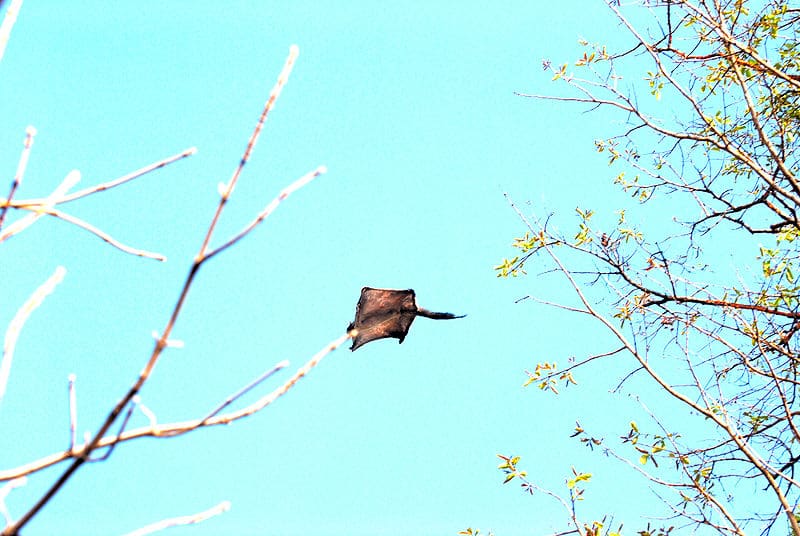
Flying squirrels look like little parachutes or hang gliders in the sky.
©Pratik Jain / Creative Commons – Original
The front and hind legs of flying squirrels are separated by a fluffy membrane that looks like a parachute. These squirrels can avoid crashing into the forest floor by using these flaps to catch air as they fall! Skin flaps connect the legs of these unusual squirrels to the arms and chest. They use this skin as a parachute-like drag mechanism as they launch themselves into the air.
7. Flying Squirrels Don’t Actually Fly; They Glide!
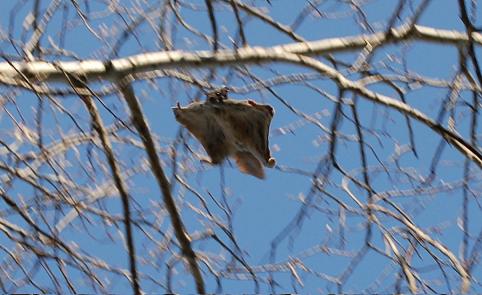
Flying squirrels can glide as far as 300 feet–the length of a football field!
©Angie spuc / Creative Commons – Original
The fact that flying squirrels can cover the equivalent of nearly the distance of a bowling alley while gliding from tree to tree is one of the most fascinating things about them. But when it’s essential, this squirrel can glide as far as 300 feet, which is the equivalent of a football field! Even the biggest red giant flying squirrel can cross these distances!
8. Flying Squirrels Glow in the Dark
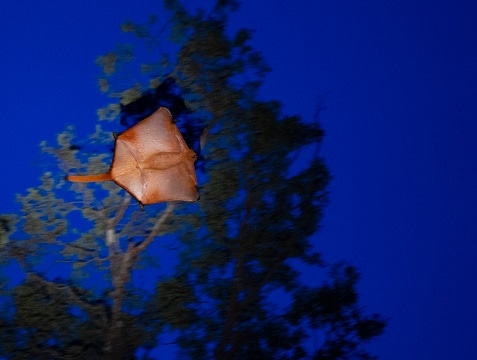
Researchers recently discovered that flying squirrels give off UV light.
©Cede Prudente/iStock via Getty Images
Researchers have only recently discovered that flying squirrels give off UV light, and the hues are even brighter and almost a bright pink on their undersides. We have no idea what allows them to do this or what exact purpose it serves. However, it could serve as a means of communication, allow for travel through snowy terrain, or help you escape being ambushed by predators at night.
9. Flying Squirrels Have an Extra Finger
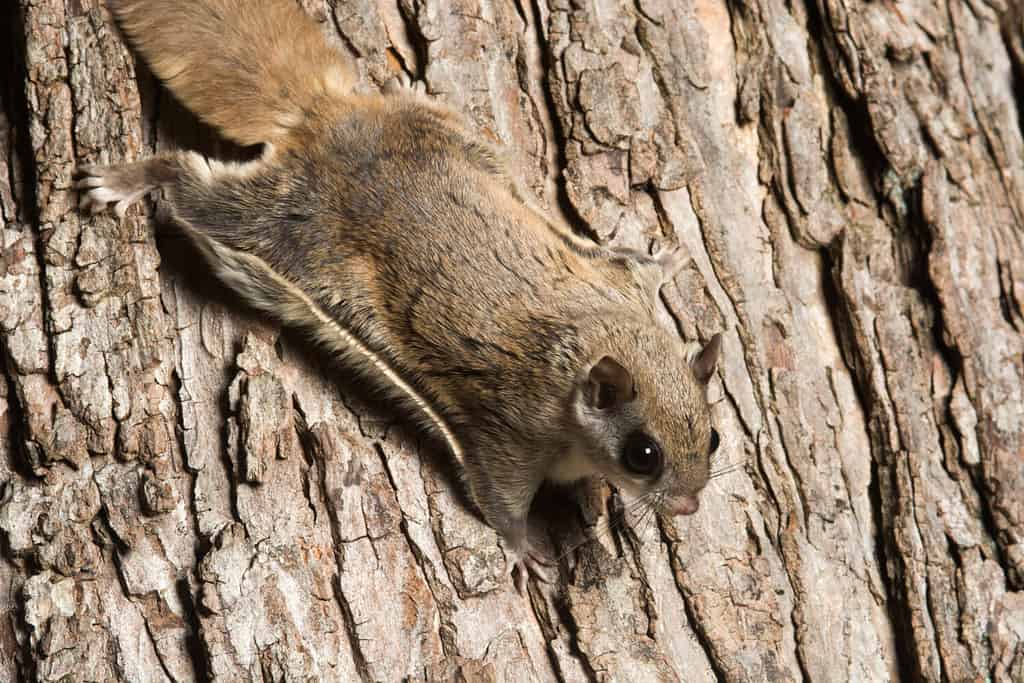
The extra finger that protrudes from their wrists helps flying squirrels glide smoothly.
©Tony Campbell/Shutterstock.com
When the squirrels expand their “wings,” the wrist spur protrudes from the patagia. With this extra finger, they can stretch the patagia even farther than they would with only their little arms, allowing them to catch more air and glide further and more smoothly.
10. Flying Squirrels Change Direction 180 Degrees in Midair
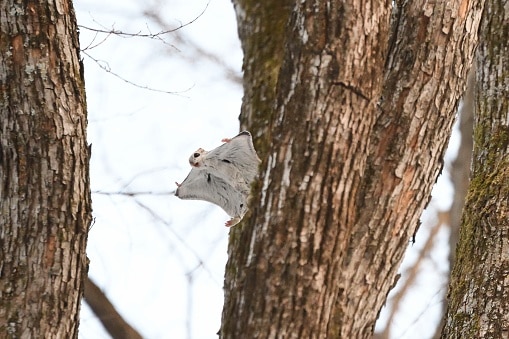
The flying squirrel can simultaneously make a 180 turn in midair while gliding in semicircles!
©Satoru S/iStock via Getty Images
The flying squirrel possesses incredible skill and uses its entire body as a rudder to direct its descent. They can make complete 180-degree course corrections and even glide in semicircles simultaneously, thanks to the power of their patagia muscles, which are connected to their powerful limbs and fluffy tail.
The photo featured at the top of this post is © iStock.com/EEI_Tony
Thank you for reading! Have some feedback for us? Contact the AZ Animals editorial team.





